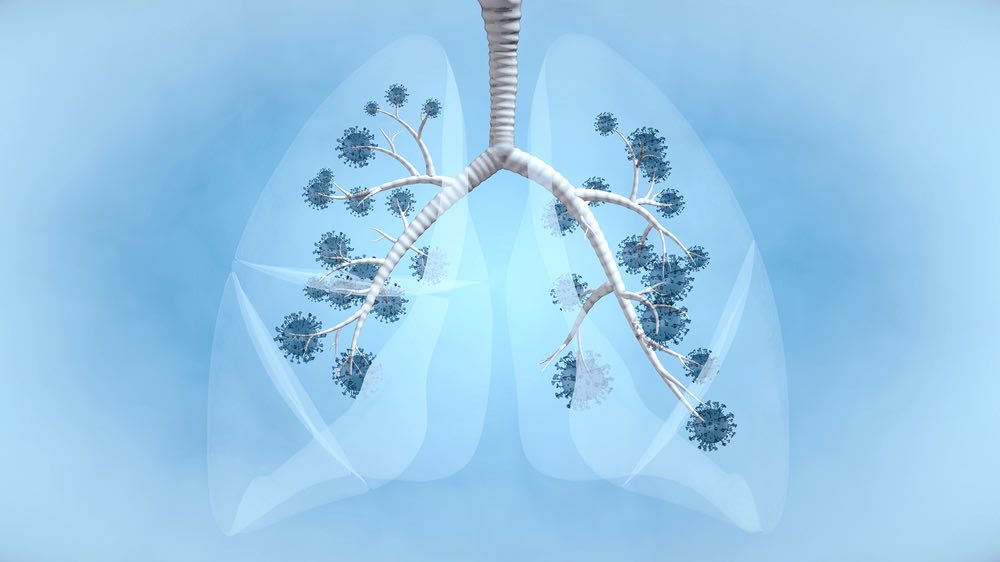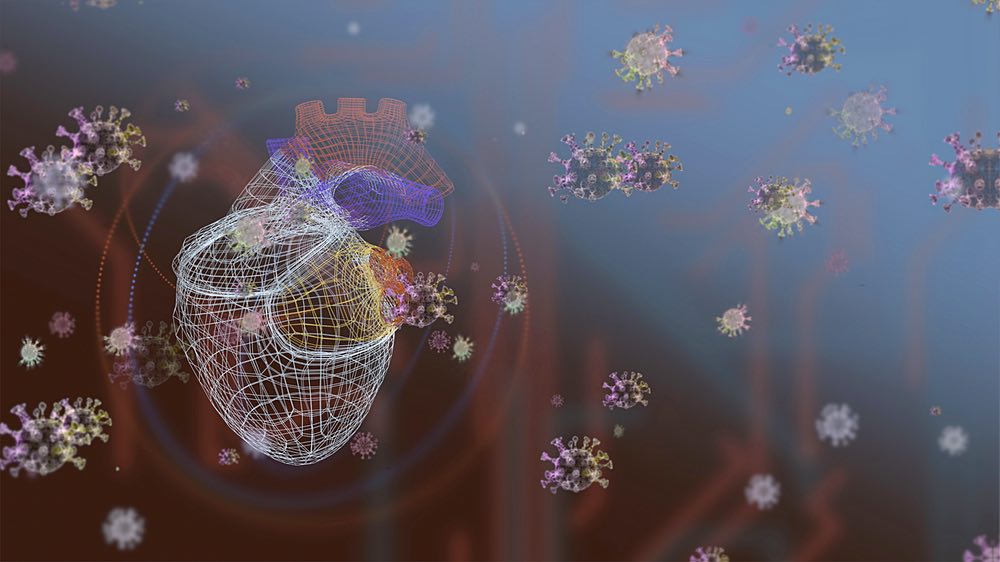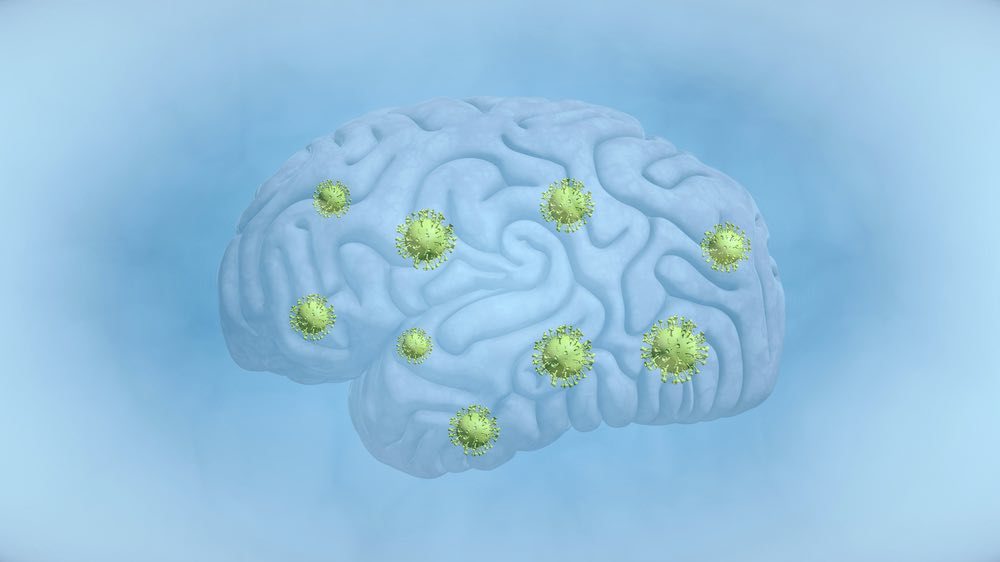It's Saturday January 17, 2026

August 19, 2020
Dr. Mac Ernest has researched infectious diseases. He provides this column.
The novel coronavirus SARS-CoV-2 which causes COVID-19 continues to play havoc with our lives. Infections which occur 2-14 days after exposure may result in no symptoms (although the person is still contagious), mild disease, or significant illness and death. According to the CDC, when symptoms occur, they most commonly include dry cough or breathing difficulties, fever or chills, muscle or body aches, vomiting or diarrhea, or new loss of the sense of smell or taste. For some infected individuals, these symptoms progress to significant disease or death, but for most, symptoms seem to resolve uneventfully.Some patients, however, report persistent and occasionally debilitating conditions after COVID-19 recovery.

These reports of fatigue, difficulty concentrating, joint pain, and breathing issues among others, found in both the lay and medical literature, are concerning because of similar findings after the SARS-coronavirus outbreak of 2002-2003.
In one study from that outbreak, performed two years after the infections where the average age of the patients was 44, a third of patients had a reduced capacity to transfer oxygen into the lungs, a significant number had reduced exercise tolerance, and almost a third of the healthcare workers from the study had not been able to return to work. While there are many reports of other significant problems, three organ systems of great concern for long term effects after COVID-19 infections are the lungs, the heart, and the brain.
Lungs/respiratory systemIn order for the SARS-CoV-2 virus to infect a person, it first has to attach to a cell in that person’s body.Cells have a number of different materials (called receptors) on their surface to which a virus may, or may not, be able to attach. And the cells of one tissue (skin, for example) will have different materials on their surface than other tissue (lung, as another example). One of the surface materials or receptors involved in COVID-19 infections is called ACE2. This particular receptor is found abundantly on the lining cells of the lungs, and the novel coronavirus has a strong affinity for attaching to it. This abundance of receptors makes the lungs a prime target for the coronavirus.

Once attached, the virus enters the cell, begins to divide and reproduce, and causes infection. While respiratory symptoms of dry cough, shortness of breath, and difficulty breathing are well-known early symptoms of COVID-19 which generally resolve, almost half of hospitalized patients with COVID-19 infections have evidence of lung damage (inability to transfer oxygen into the lungs) upon discharge.
This damage was even found in younger patients (in their 40’s) with a mild case of the disease. This is particularly worrisome given the long term lung effects of SARS infections from 2002-2003, and pulmonary fibrosis (lung scarring that can cause difficulty with oxygen entry into the lungs) and is an on-going concern for patients who survive COVID-19 infections.
Heart/circulatory systemThe cells that make up the heart also have ACE2 receptors making them another common target for the SARS-CoV-2 virus.ACE2 receptors in the heart appear to regulate cardiac activity, so when they are attacked by the novel coronavirus, cardiac function may suffer leading to heart failure, irregular heart rate, and tissue death. The inflammation that occurs during this process can result in damage to the heart similar to that which occurs after a heart attack.

While those with pre-existing heart disease (hypertension, heart failure) are particularly susceptible, cardiac injury has been seen in previously healthy individuals. In one study from Germany of 100 patients (average age of 49) studied two-three months after COVID-19 infection, 60% had evidence of on-going heart tissue injury at that time.
This study is particularly concerning because only 33% of the patients were sick enough to require hospitalization, and only 2 of the 100 required intubation.
Brain/nervous systemAbout one-third of patients develop neurological symptoms during the acute or initial phase of COVID-19 infection.Some symptoms are mild (dizziness, headache) while others are significant (seizures, stroke). These complications are felt to be due to viral encephalitis (inflammation of the covering of the brain), systemic inflammation (generalized inflammation of the blood vessels throughout the body), organ failure in other parts of the body, and/or blood flow abnormalities in the brain.

Any one or a combination of these complications puts a COVID-19 survivor at risk for long term neurological damage as evidenced by as many as one-third of discharged patients having a memory or motor (movement) impairment. Neurologists studying patients recovering from COVID-19 have concerns that the significant levels of inflammation seen in many patients will, as they do in other diseases, cause neurodegenerative diseases such as Alzheimer’s disease in some of these recovered patients.
Are COVID-19 complications permanent?Less than a year has elapsed since the first diagnoses of COVID-19 in this country and conclusive statements about long-term effects are difficult.Similarities with other infections (the SARS-coronavirus outbreak of 2002-2003, for example) give us bases on which to study potential long-term effects, however. Most survivors of COVID-19 infections experience mild symptoms with no obvious long term effects. However, even with mild disease, permanent changes in the lungs seem likely in some patients, and cardiac and neurological effects are also of great concern.
As North Carolina and specifically Pamlico County cases continue to climb, it is prudent to actively maintain the 3 W’s (washing our hands, wearing a mask, and waiting for social distancing) to reduce spread and help contain the virus. It is critical to practice the 3 W’s with even close family members (children and grandchildren) who do not live in your home because they may spread coronavirus and need to be considered as potentially infectious.
Avoiding the infection is the only sure way to prevent these potentially life-changing complications.
References & Further Reading:• Long term symptoms reported by the public.
• Long term effects of SARS-CoV infection from 2002-2003
• Persistent lung effects of COVID-19
• Persistent cardiac disease after COVID-19 infection
• Neurological complications of COVID-19
Mac Ernest is a retired physician. Before moving to Oriental in 2014,Mac was the Chair of the Dept of Obstetrics and Gynecology at Carolinas Healthcare in Charlotte. Prior to that he was Professor of Obstetrics-Gynecology at Wake Forest medical school in Winston-Salem.Mac ErnestIn addition to patient care and teaching, his research has included studying infectious diseases.
Mac has been providing a series of columns about COVID-19. This column was prepared with the assistance of Sharon Stephenson MD, Ros Cheetham MSc and Diana Silimperi MD.

